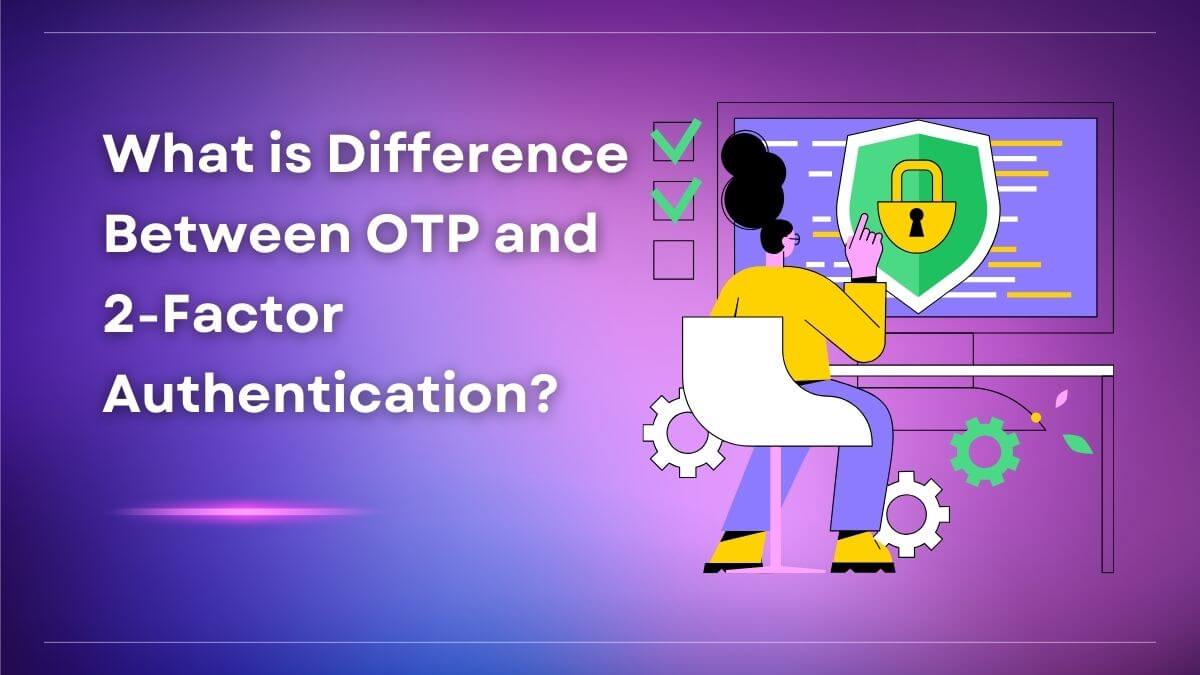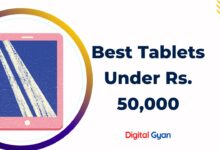What are Web 1.0, Web 2.0, Web 3.0, Web 4.0, and Web 5.0?
The World Wide Web has changed dramatically since it first started. The web has developed into a dynamic ecosystem that promotes connection, collaboration, and even artificial intelligence, from its modest origins as a platform for merely sharing information. Different periods that are characterised by advancements in human interaction with the digital world might be used to understand this journey.
Web 1.0, Web 2.0, Web 3.0, Web 4.0, and Web 5.0 are terms used to describe different stages or generations of the World Wide Web and its evolution.
But what do these terms mean? How have they impacted the way we use the internet? And what can we expect from future iterations of the web?
In this article, we’ll take a closer look at Web 1.0 through Web 5.0, exploring their defining characteristics, key innovations, and potential implications for the future of online communication and commerce.
Evolution of Web 1.0
The World Wide Web (WWW) is a network of interconnected hypertext documents that can be accessed over the Internet. A web browser lets you see online pages with text, photos, videos, and other multimedia and move between them via hyperlinks.
Tim Berners-Lee, a British computer scientist and former CERN employee, proposed the World Wide Web on March 12, 1989. The 1989 suggestion was intended to improve CERN’s communication infrastructure, but Berners- Lee later recognised that the notion might be used globally.
In 1990, Berners-Lee and Belgian computer scientist Robert Cailliau suggested using hypertext “to link and access diverse types of information as a web of nodes in which the user may traverse at whim.” The first web service was built and tested and was later confined to the World Wide Web.
Web 1.0 Web 2.0 Web 3.0 Web 4.0 Web 5.0 Differences
Web 1.0
The earliest stage of the World Wide Web’s evolution is Web 1.0. In Web 1.0, there were just a few content providers, with the vast majority of users being content consumers. Personal websites were prevalent, and they mainly consisted of static pages housed on ISP-owned web servers or free web hosting services.
Advertisements on websites while accessing the Internet were prohibited in Web 1.0. Ofoto was also an online digital photography website in Web 1.0, where users could save, share, view, and print digital images. Web 1.0 is a content delivery network (CDN) that allows for the presentation of data on websites.
It is suitable for usage as a personal website. It charges the user based on the number of pages seen. It features directories that allow users to search for specific information.
Web 1.0 was primarily a read-only environment. Web 1.0 was essentially static and mono-directional. Firms may make catalogues or brochures available on the Internet to market their products, and individuals could read them and contact businesses.
Catalogues and brochures were identical to ads in newspapers and magazines, and most eCommerce website owners used shopping cart apps in various formats. Static HTML pages with sporadic updates were featured on the websites. The websites’ major purpose was to make information available to anybody and develop an online presence.
The websites were not interactive and were more akin to brochures than anything else. Users and visitors to the websites could look around without influence or making any contributions, and the connecting structure was inadequate. HTTP, HTML, and URI were the core protocols of Web 1.0.
Web 2.0
Web 2.0 refers to websites that emphasise user-generated content, usability, and interoperability for end-users worldwide. The participatory social web is another name for Web 2.0. It does not relate to a change in a technical definition but rather to a change in how Web pages are built and used.
The transition is advantageous, although it does not appear to be the case when the changes occur. Web 2.0 allows users to interact and collaborate in social media discourse as creators of user-generated content in a virtual community. Web 1.0 is a form of Web 2.0 that has been upgraded.
Web 2.0 development employs web browser technologies such as AJAX and JavaScript frameworks. AJAX and JavaScript frameworks have recently become highly popular for developing web 2.0 sites. People express their ideas, opinions, thoughts, and experiences on the social Web, including various online tools and platforms. Web 2.0 apps are more likely to engage with the end user.
Wisdom web, people-centric web, participatory web, and read-write web are used to describe Web 2.0. The web might become bi-directional if it allows for both reading and writing. Web 2.0 is a web platform that allows users to abandon many of the restrictions they were accustomed to in Web 1.0. To put it another way, web 2.0 consumers have more engagement with less control.
Web 2.0 isn’t only a new version of Web 1.0; it also allows for more flexible web design, creative reuse, upgrades, and collaborative content production and modification. Instead of Web 1.0, one of the most notable qualities of Web 2.0 is that it encourages cooperation and assists in gathering collective intelligence.
Web 3.0
It refers to the progression of online usage and interaction, including converting the Internet into a database. It enables the web’s back-end to be upgraded after a long period of focusing on the front end (Web 2.0 has mainly been about AJAX, tagging, and other front-end user-experience innovation).
Web 3.0 is a word used to define several routes of web usage and interaction. In this case, data is shared rather than owned, and various services display different perspectives of the same site/data.
This is especially relevant from the standpoint of machine conceptualisations of human comprehension. The Semantic Web requires using a declarative ontological language like OWL to create domain-specific ontologies that machines may use to reason about information and come to novel conclusions rather than merely matching keywords.
Furthermore, AI technologies play a crucial role in Web 3.0 by enabling personalised experiences and intelligent automation. AI algorithms can analyse vast amounts of data and provide tailored recommendations or predictions based on individual preferences or behaviour.
Web 3.0 promises apps that can talk directly to one another and for more extensive searches for information through simpler interfaces by merging semantic markup and web services. The present web is a web of documents, similar to a global file system. It has the following significant issues: The web of documents was created with humans in mind, with main objects being documents and secondary objects being linkages between documents (or parts of them).
Web 4.0 (Mobile Web)
Web 4.0, sometimes called the “Intelligent Web” or the “Symbiotic Web,” is thought to be the next development in the Internet’s history. To provide a more intelligent, linked, and user-centric online experience, it expands on the developments of Web 3.0 and incorporates cutting-edge technologies like blockchain, artificial intelligence (AI), machine learning, and the Internet of Things (IoT).
Here are some key characteristics of Web 4.0:
- AI-driven personalization: Web 4.0 leverages AI to personalize user experiences. AI agents understand user preferences, context, and behaviour to curate content, anticipate needs, and provide intelligent recommendations.
- Semantic understanding: Web 4.0 goes beyond just keywords. Semantic technologies allow web applications to understand the meaning of information, enabling richer search results and a more intuitive user experience.
- Interconnected Intelligence: Web 4.0 integrates seamlessly with various devices and applications through IoT. Imagine your smart refrigerator automatically generating a grocery list based on what you have and don’t have.
Even though Web 4.0 is still in its early days, it has the power to completely change how we use the internet. It envisions a time when the internet will be more than just a directory of webpages; rather, it will function as an intelligent ecosystem that anticipates our needs and offers a more seamless and customised online experience.
Web 5.0 or Society 5.0 or (Emotional Web)
Web 5.0 is the next generation of the internet that is expected to revolutionize the way we communicate, access information, and conduct business online. This new phase of web development will be driven by advanced technologies such as artificial intelligence (AI), machine learning, blockchain, and augmented reality (AR). Web 5.0 will also be characterized by a more decentralized architecture that empowers users with greater control over their data and online interactions.
One of the key features of Web 5.0 is its ability to provide personalized experiences for users based on their preferences and behaviour patterns. With AI-powered algorithms, websites and applications can analyze user data in real-time to deliver tailored content that meets individual needs. This level of personalization could transform the way businesses interact with customers, leading to better engagement and increased customer loyalty.
The (emotional) connection between humans and machines will be the focus of Web 5.0. based on neurotechnology, many individuals will begin to engage regularly. For the time being, the web is “emotionally” neutral, which means it does not recognise the feelings and emotions of its users.
This will change with the release of Web 5.0, also known as the emotive web. eWillFine is an example of this, as it maps people’s feelings. Users will interact with information that reacts to their emotions or changes in facial recognition while wearing headphones.
Conclusion
The web has advanced significantly since Web 1.0, when it was static. Every version has brought in a new era of possibilities, from Web 2.0’s user-generated content to Web 3.0’s emphasis on machine learning. Web 5.0 explores the domain of emotional and contextual encounters, whereas Web 4.0 promises an intelligent and linked web.
These developments will probably combine to shape the web of the future. Not only will the web be intelligent, but it will also recognise and anticipate our wants. Our lives will be interwoven with this web, which will connect gadgets and apps to produce a genuinely personalised and immersive experience. The most important lesson is that the internet is a journey rather than a destination that is always changing.

